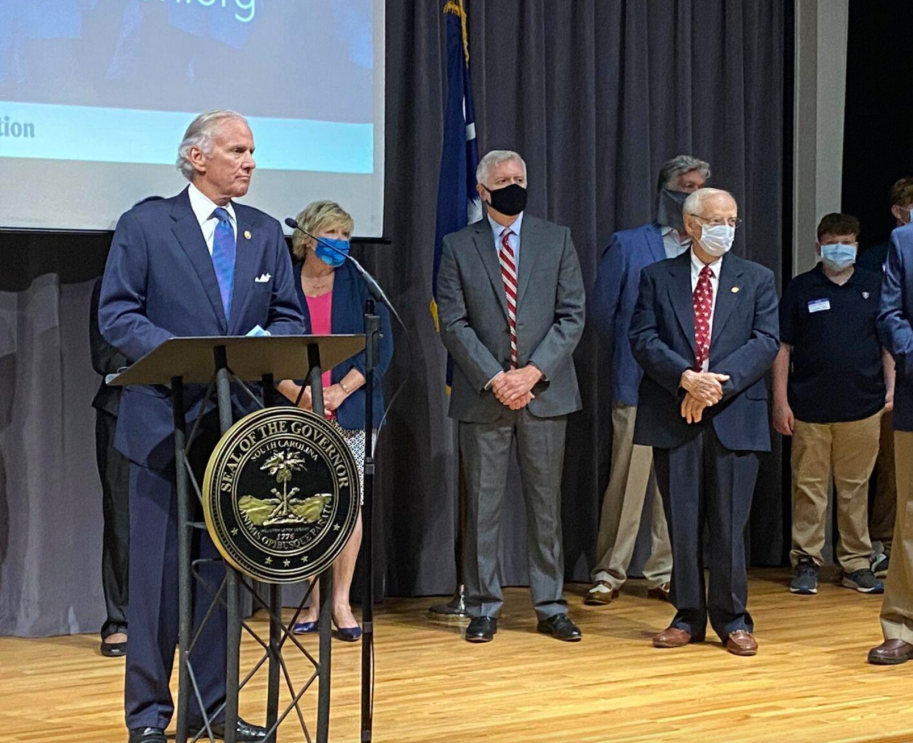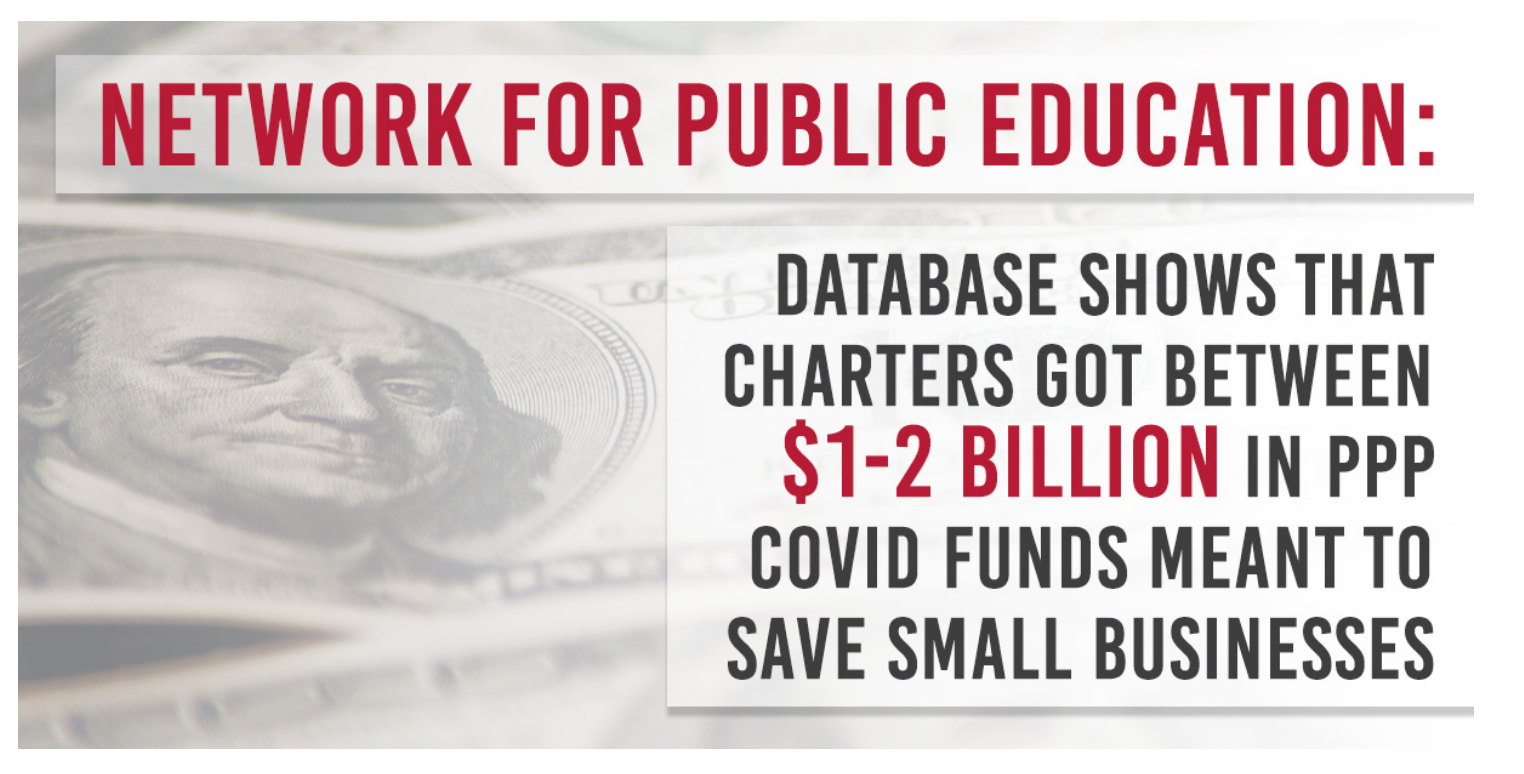
Former Secretary of Education Mrs. Betsy DeVos started the American Federation for Children, which recently has spent $2.5 million in getting school choice policies passed into law in at least three states, and introducing laws in several others. Mrs. DeVos has advocated for financially supporting families who want to move their children from public schools to private ones, calling these policies “school choice,” and arguing that they would help poor children get a better education (NBCnews.com).
School choice programs began decades ago, and were meant to assist low-income families seen to be trapped in failing local public schools and students with disabilities. But the new vouchers in many cases lift — or even eliminate — household income caps, giving wealthier families state cash to send their kids to private schools (Politico.com).
Where is the money going?
In Arkansas, under Governor Sarah Huckabee Sanders, 95% of vouchers were claimed by students who never attended public schools. For Arkansas, 75% of voucher recipients came from the most populated areas of the state, the central region including Little Rock and northwest encompassing Fayetteville. The GOP-controlled Legislature acknowledged that upping the supply of schooling options, “particularly in currently underrepresented geographies,” is a key goal as the program expands to all students by 2025 (Politico.com).
In Florida, 84,505, or 69%, of new voucher recipients were already enrolled in private school. Also in Florida, where the American Federation for Children’s state political action committee spent $1.7 million during last year’s elections, Gov. (and pres. candidate) Ron DeSantis already signed a law that will allow more families to receive public funds to pay for private education, regardless of their financial need (NBCnews.com). DeSantis has vowed, if elected, to create a national school choice program modeled after Florida.
Meanwhile, in Arizona more than 50% of vouchers are going to students previously enrolled in private school, homeshooling, or other non-public options. A study from the Grand Canyon Institute (2022), Universal Voucher Applications Analysis found nearly half of universal voucher applicants from wealthier communities as total state private school subsidies reaches $600 million. Key findings in this study include:

Democratic Arizona Gov. Katie Hobbs claims school choice “threatens to decimate” Arizona’s budget due to the program being “unaccountable and unsustainable.” Yet Republican leaders disagree, contending the program is actually saving Arizona money because it’s cheaper to educate students in private schools — even though more students are added to state enrollments (Politico.com). Hobbs said she wants to “roll back this expansion because too much money otherwise reserved for public schools has gone toward wealthy families. But that will be a hard sell in the Arizona Legislature, where the American Federation for Children’s state PAC spent $512,000 to help Republicans hold slim majorities” (NBCnews.com).
Maybe the tide is turning. In a Des Moines Register poll this month , 62% of Iowans said that they disapprove of voucher programs, including 51% of Republicans.
In Democrat-controlled Illinois, lawmakers declined to keep paying for vouchers that served almost 10,000 low-income students as the state’s legislative session wrapped up in November (Politico.com).
Texas lawmakers AGAIN rejected Gov. Abbott’s voucher proposal last week by an 84-63 vote in the House, the latest time the Legislature has rebuffed the governor’s top education priority. Abbott in turn warned lawmakers that he would order them back to the Capitol next year to try again (Politico.com).
What we are seeing across the country is a political push from the wealthiest among us to control (or blow up) public education. They are using their own money to advance their own agendas. They claim to support school choice to help those stuck in underperforming schools. But according to the data, that is absolutely not the case. We see where the money is going and it is, in most cases, not going to those who need it the most. Public funds supporting private, parochial, and homeshooling education, at the cost of everyone.
The rich get richer…
Horace Mann, known as the Father of American Education once said,
In our country and in our times no man is worthy the honored name of statesman who does not include the highest practicable education of the people in all his plans of administration. He may have eloquence, he may have a knowledge of all history, diplomacy, jurisprudence; and by these he might claim, in other countries, the elevated rank of a statesman: but unless he speaks, plans, labors, at all times and in all places, for the culture and edification of the whole people, he is not, he cannot be, an American statesman.
https://hmleague.org/quotes-by-horace-mann/
These are my reflections for today.
December 1, 2023
If you like what you’re reading, consider sharing and following my blog via email.














